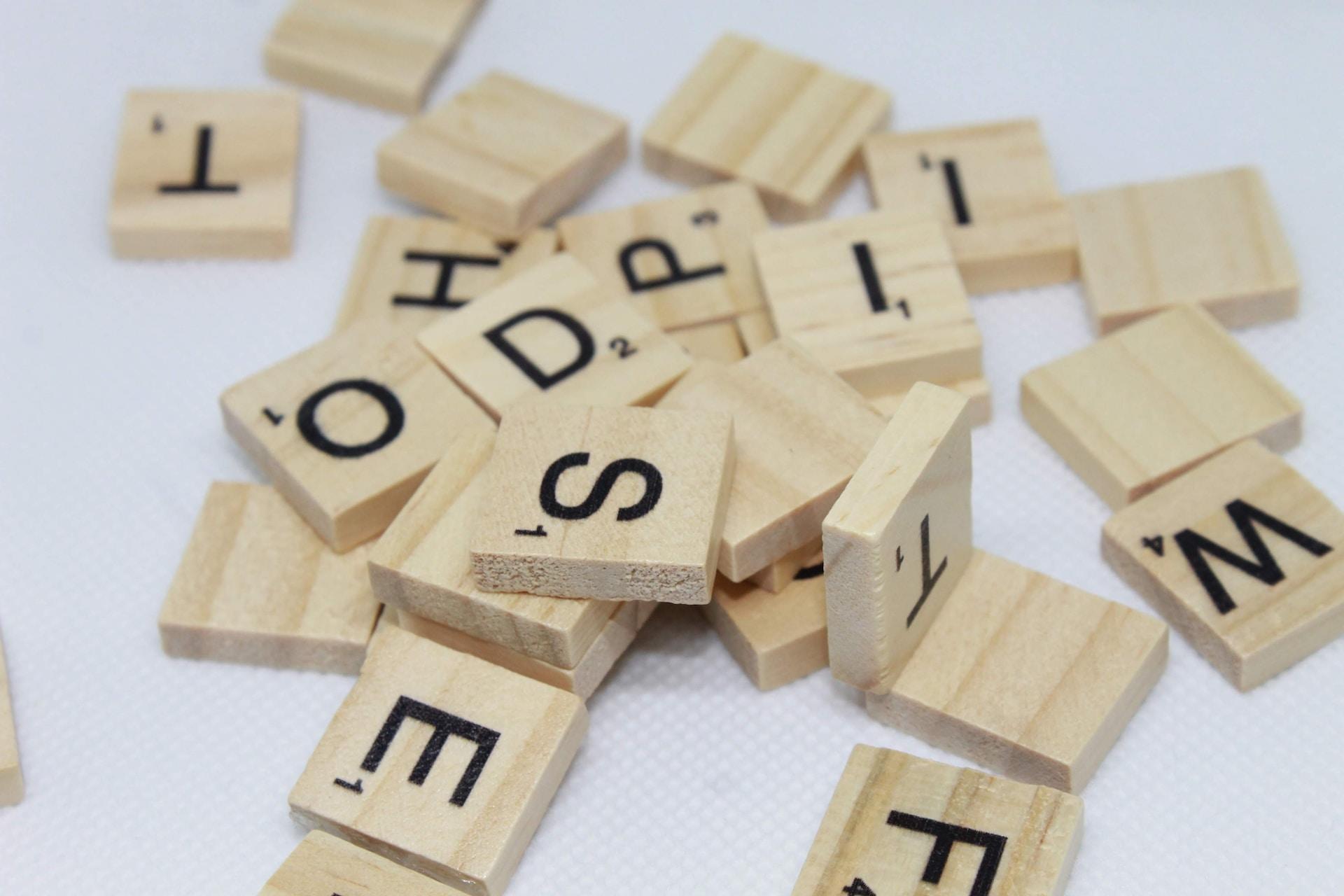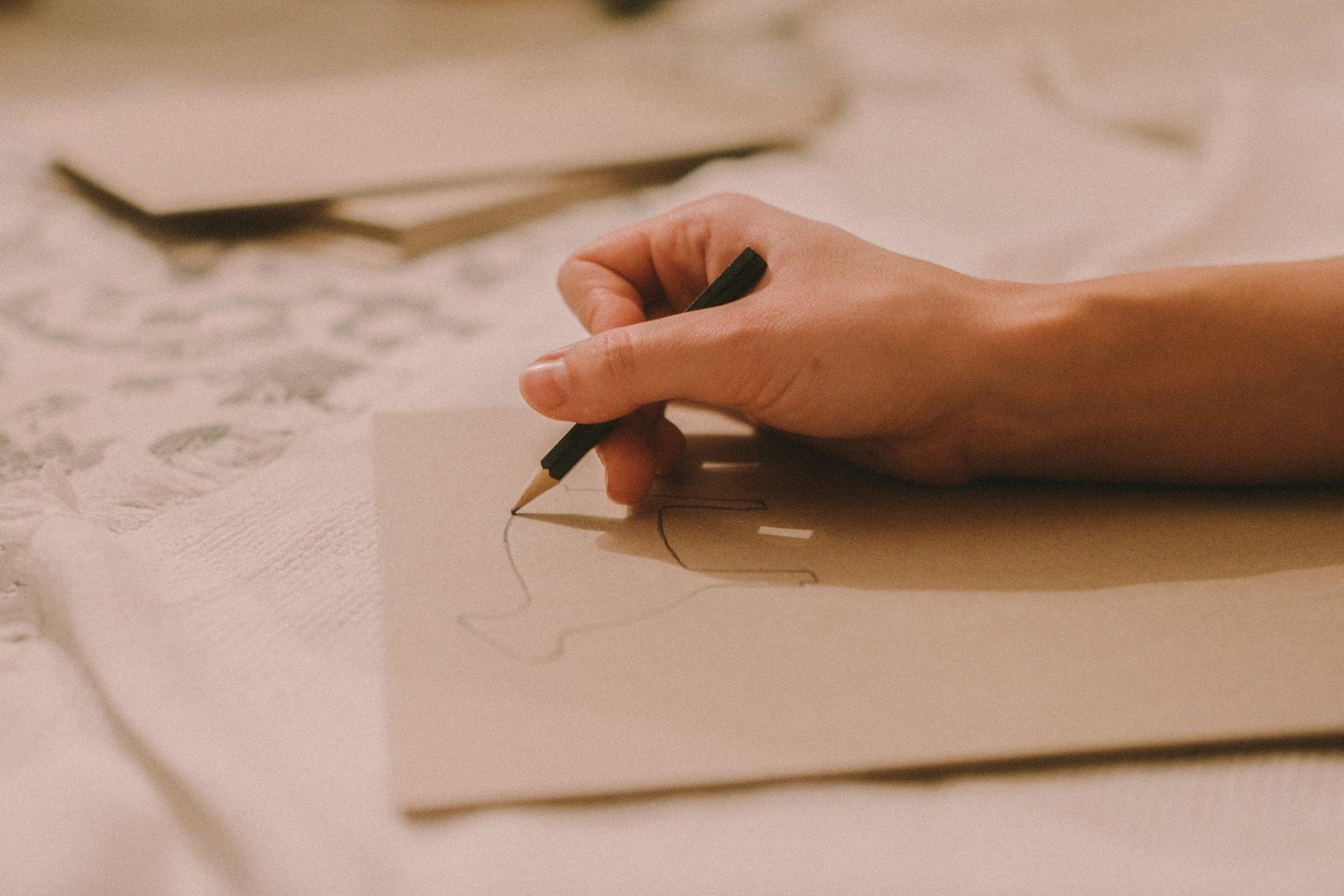Learning a language can be really difficult, especially endangered languages such as te reo Māori. Fortunately, there have been significant efforts to revive te reo Māori and increase the number of speakers, which means there's an increase in the number and quality of resources out there for anyone wanting to learn the language.
Since learning te reo Māori (or any language for that matter) can take hundreds of hours of study, it's important to enjoy as much of the language learning process as you can as it'll make the whole experience much more enjoyable.
In this article, we'll be looking at some of the fun things you can do while learning to speak te reo Māori with a focus on activities that younger learners in particular will enjoy.

Māori Language Games
Games are the most obvious way to make learning a language fun and there are plenty of games for learning languages as well as games that are specific to learning te reo Māori. Here are just a couple that you could play.
Wharewhare
Wharewhare is a Māori and English bilingual bingo game. If you're familiar with the game "Memory", this works in a very similar way but rather than looking for exact matches or pairs, you're looking for the matching card in either English or Māori.
Of course, if you don't feel like spending $50 on the game, you could always make your own version of Memory with the vocabulary that you, your children, or your students need to learn.
For younger learners, it's an even better idea to have them make the cards as this can help them learn the vocabulary more effectively; they'll have the memories of making the cards, drawing pictures, and associating the vocabulary with the cards they made.
Pakiaka
At first glance, you might think that Pakiaka is like Māori Scrabble, but it's actually much more similar to the game of Bananagrams.
Using the wooden lettered tiles, players have to make a contiguous crossword of Māori words. There are also other challenges and game modes to get the most out of the game.

If you own Bananagrams, Scrabble, or any other game with lettered tiles, you could always play similar games to learn te reo, but Pakiaka features tiles with letters that are unique to te reo Māori and the correct ratios of said letters to make the games more playable.
Much like Wharewhare, Pakiaka is around $50.
Music
Almost everybody in the world likes at least one genre of music and it can be really helpful when it comes to learning a language like te reo Māori.
For auditory learners, in particular, music and speaking practice will help them learn much more quickly than reading and studying from textbooks. Listening to music is generally much more fun than learning from a textbook, too.
There are a few approaches you can use to integrate music into learning te reo Māori.
Singalong
The simplest way to learn te reo Māori with music is by singing along to Māori music. Thanks to the rhythm and repetition in music, you can learn lyrics, new vocabulary, and about Māori culture through music.
Associating learning the language with music also creates more vivid memories and a stronger emotional connection to the content, making it often more effective than simply studying the language.
Fill in the Lyrics
A more academic way to use music in studying a language is by creating activities using the song lyrics for yourself, your children, or your students.
Filling in the gaps in song lyrics is a great way to work on listening and writing skills in a way that's usually more entertaining than the typical listening exercises that are used in language classes.
Just remember that lyrics are usually more poetic than everyday speech and that while you can use lyrics to learn new vocabulary, the structures and expressions used won't always be something that you can immediately start using in your te reo Māori conversations.
Stories
Storytelling is an important part of Māori culture so why not use it to learn or teach the language?
Most of Māori history was recorded through oral tradition that included stories, poems, prayers, war chants, etc. Stories are a great way to learn te reo Māori but kids can also learn the language through TV and movies.
Read books in te reo Māori
While oral tradition has always been part of Māori culture, there are also plenty of te reo Māori books and stories for all ages and levels.
Reading a book or a story in te reo Māori is an excellent way to work on reading comprehension skills, learn new vocabulary, and discover different aspects of Māori culture.

You can also read the te reo Māori translations of other popular stories, which is great for teaching children the language, especially if they have a book or story that they absolutely love.
Tell Stories in te reo Māori
In addition to reading stories, you can also write or create your own stories. Explaining events or telling stories is a great way to practise speaking te reo Māori.
Even the simple act of explaining your day in te reo Māori is a good habit to get into and as your level advances, you'll be able to create more vivid and engaging stories in your new language.
Comprehension Exercises in te reo Māori
Reading and listening to a story is one thing, but it's always important to know that you've understood it.
If you're teaching yourself, other students, or your children, it's a good idea to test comprehension with questions about the story.
These questions don't need to be complicated or discuss literary themes, you can just ask simple things about the main characters, what happens in the story, and other salient facts to make sure that the story's been understood.

Arts and Crafts
Visual learners can learn words, structures, and grammar in te reo Māori by doing lots of fun arts and crafts.
Here are just a few of the more popular ideas you can use in a classroom or just while studying Māori.
Colouring
For very young learners, colouring is a simple activity they can do while learning te reo Māori. Whether it's colouring a picture with Māori vocabulary or just doing some colouring while listening to a story in the target language, they can actively and passively learn.
Drawing Pictures
Drawing pictures is another great activity for artistic students to do and if you're making your own version of a memory game, students can learn new words in te reo Māori by drawing the pictures.

Drawing is a great way to bring language and culture together and students can also explore many different art styles while they do.
Making Flash Cards
Flashcards are an excellent way to learn vocabulary in any language and while you can certainly just go online to download and print flashcards or even buy flashcards, why not make your own?
In Everyday Life
Languages are much more fun when you get to use them because that's what they're for, after all.
Try to include as much te reo Māori in your life as you can and you'll find that learning the language will be so much more enjoyable.
Roleplay Everyday Scenarios in te reo Māori
You can practise everyday scenarios in te reo Māori like going to the shops, meeting new people, etc. This allows you to learn new vocabulary, practise listening and speaking comprehension, and use your new language!

Label Things Around the House
If you're making flashcards, then you can also make labels to put up around the home. Label as much or as little as you want and you can practise learning new vocabulary for objects around the home.
You can also do the same with verbs and add the corresponding verbs to your labels. That way, any time you do something at home, you can learn a bit more te reo Māori.
Do Everyday Activities Exclusively in te reo Māori
Once you reach a certain level, you'll be able to fully do certain activities in Māori. For example, if you're helping your child to learn Māori, it could be a good idea to cook exclusively in Māori so they get used to hearing and using the language. You could also make it so that mealtimes are in te reo Māori, though once your child reaches a certain level, you won't need to come up with good reasons to use the language.
You can also do things that aren't related to food in te reo Māori, but these are a couple of good examples, especially if your child likes cooking.
Get Help Learning with te reo Māori
Whether you or your child needs help with Māori, don't forget that there are plenty of talented and experienced tutors on the Superprof website.
Just search for Māori tutors where you live and don't worry if you can't find any, you can also enjoy online tutoring from Māori tutors anywhere in the world!
With most of the tutors offering the first session for free, you can also try a few out before choosing which one's right for you or your child!















